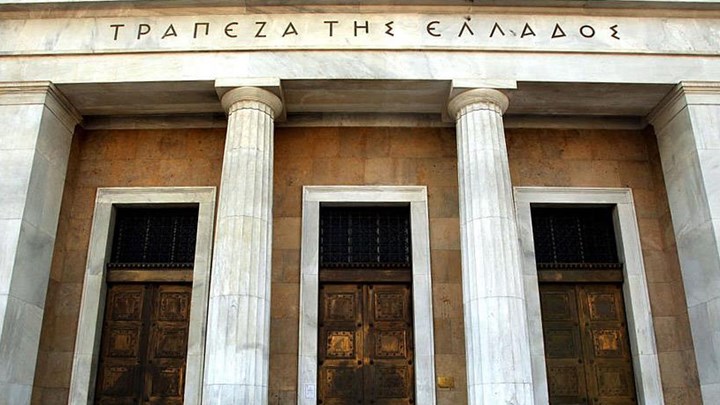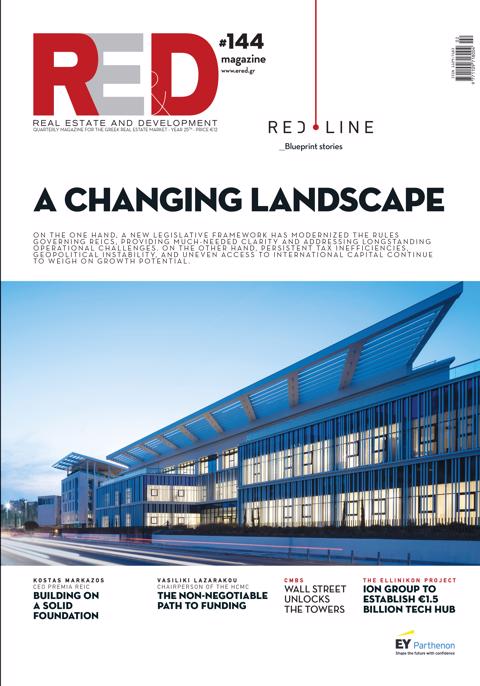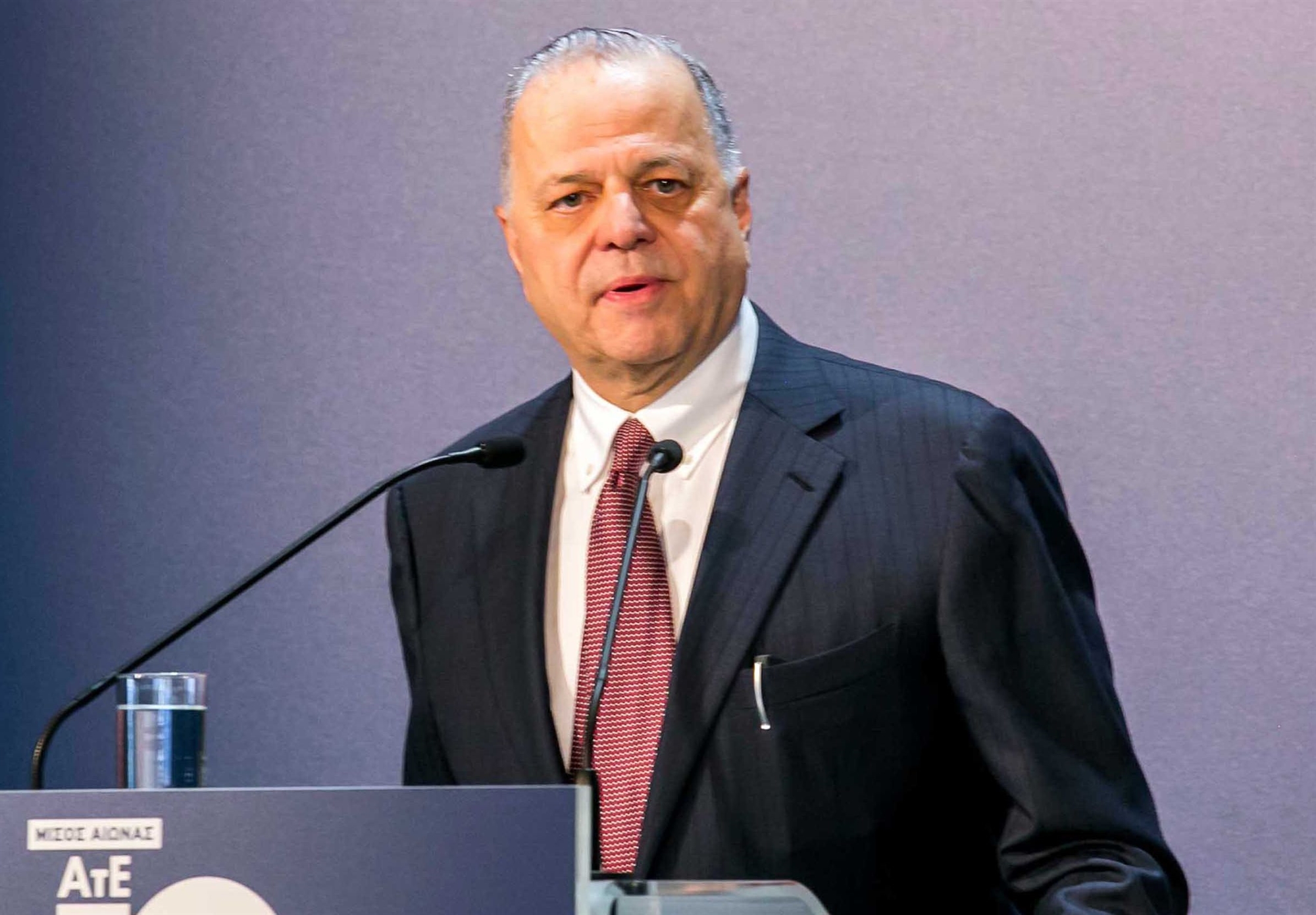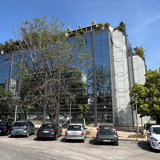The Bank of Greece (BoG) forecasts that inflation, as measured by the Harmonized Index of Consumer Prices (HICP), will decline to 2.5% in 2025, down from 3% in 2024, with a further deceleration projected to 2.2% by 2026. This anticipated moderation is primarily attributed to a sharp reduction in energy prices, alongside the easing of inflationary pressures on key commodities, including food products.
The analysis concludes that by the close of 2026, inflation will converge towards the European Central Bank's (ECB) 2% target, although it is expected to remain marginally above this threshold. However, a one-off uptick in inflation is projected for 2027, with the HICP reaching 2.5%. Core inflation (structural inflation), which excludes volatile energy and food components, is expected to moderate in 2024, stabilizing at 2.2% by 2027. This reflects primarily a reduction in inflation for non-energy industrial goods, with more moderate effects on service-sector inflation.
It is noteworthy that HICP-based inflation rose to 3.1% in January 2025, up from 2.9% in December 2024, driven largely by increases in the prices of unprocessed food and energy. However, these pressures were partly offset by a deceleration in inflation for non-energy industrial goods. Core inflation remained unchanged at 4.4%. Importantly, Greece continues to exhibit a significant positive deviation in structural inflation, which is currently 1.7 percentage points higher than the Eurozone average.
These inflationary dynamics are expected to be a focal point of the forthcoming ECB Governing Council meeting on March 6, where the central bank will review its macroeconomic forecasts and potentially adjust its policy stance.
On January 30, 2025, the ECB Governing Council decided to implement a 25 basis point (bps) cut across its three key interest rates, with the deposit facility rate (DFR) now set at 2.75%, down from 3%. This decision reflects the ECB’s assessment that the disinflationary process is progressing as anticipated, with most underlying inflation indicators suggesting that the HICP will converge towards the 2% target on a sustained basis.
It is also worth noting that, compared to the ECB’s September 2024 projections, the inflation outlook for both 2024 and 2025 was revised downward in December, primarily due to lower assumptions for oil and electricity prices, as well as downward revisions to wage growth expectations. Conversely, food price inflation was revised upwards.
According to market estimates outlined in the BoG’s report, the ECB is expected to implement further monetary easing, with the key interest rates forecasted to be reduced by an additional 75 bps (0.75%) to 2% by the end of 2025. Notably, these expectations have been revised upward from earlier projections, which had anticipated a cumulative 50 bps (0.5%) reduction in rates over the same period.















